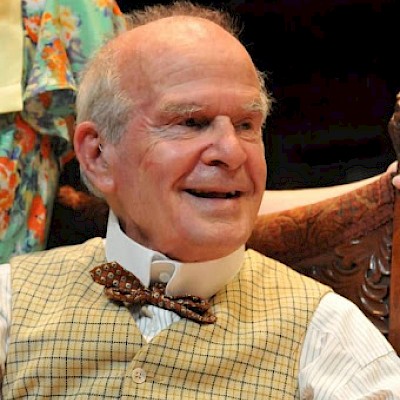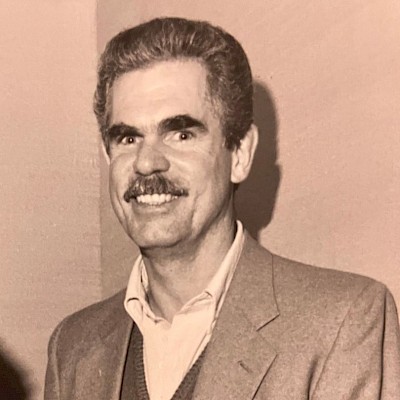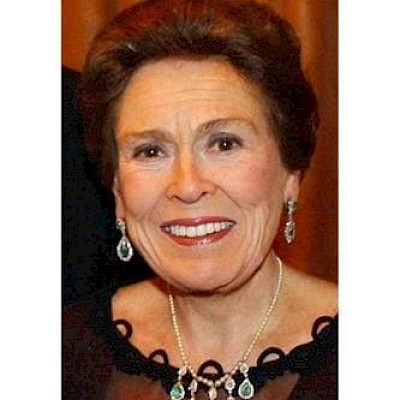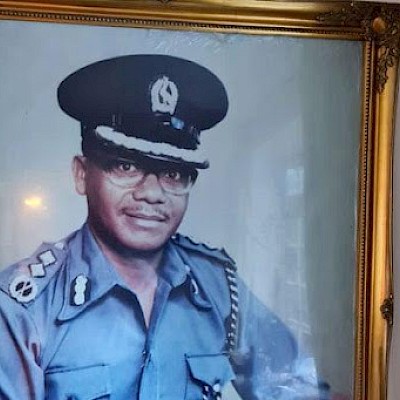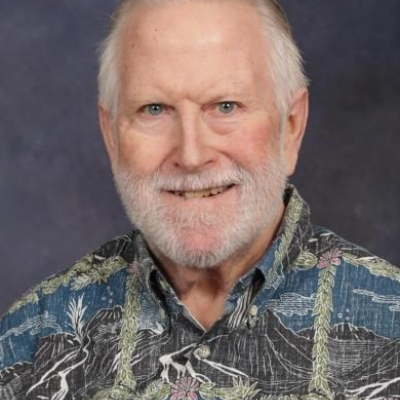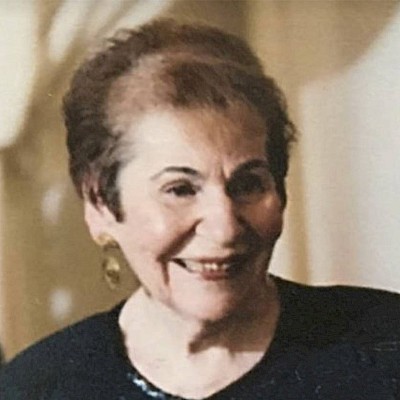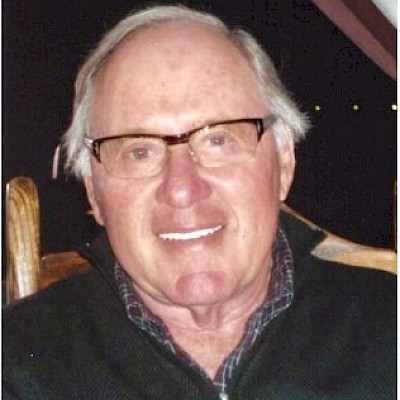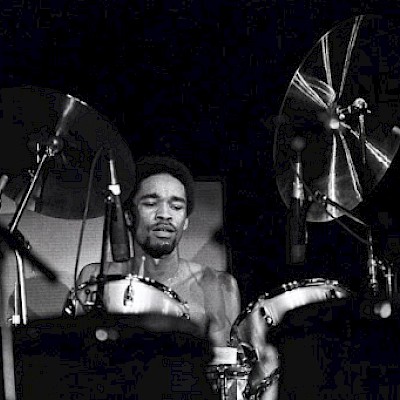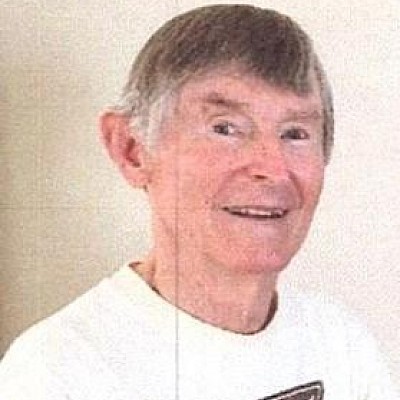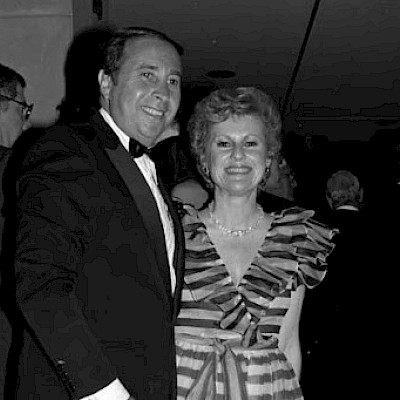
Ronald Ruskin
Born on Feb. 24, 1931, in Jersey City, New Jersey, Ruskin graduated in three years from New York University in 1951. He saw an ad for the executive training program for Bamberger’s in New Jersey, paying $50 a week and took the job, but was soon drafted into the U.S. Army. Before he was deployed, the 21-year-old Ruskin proposed to his girlfriend, Myrna, whom he had met at a college dance while she was still in high school.
The two were married in June 1954, upon his discharge from the Army service in Japan, and he returned to Bamberger’s, where he worked in the Ladies Better Coats department and then became a buyer of junior coats and suits. In 1957, Ruskin joined Bloomingdale’s and held various positions during his 10-year career there, rising to divisional merchandise manager of ready-to-wear in 1963. He left Bloomingdale’s in 1967 to become executive vice president of Best & Co.
According to his daughter, Ruskin’s favorite achievement at Best & Co. was the creation of a unisex department that was inspired by an article he read about Harrods in London and their marketing to young people. He set aside the ninth floor and hired the artist Peter Max to decorate and execute the vision of what became “Stage 9.”
He also met Diane von Furstenberg, who came to Best & Co. with some dressy dresses, before she introduced the wrap dress. Ruskin immediately called up his buyer and told her to pick a few styles and put them in the store. The dresses sold well and were von Furstenberg’s first order in the U.S.
“One of my earliest appointments was I went to visit him at Best & Co.,” recalled von Furstenberg Thursday. “I was very pregnant, and could not carry my bag. He was a true gentleman. I have fond memories of him.”
In a WWD story about Best & Co. in 1967, the 36-year-old Ruskin was described as “a dynamic, no-nonsense fashion merchandiser” who brought a wealth of ready-to-wear resource contacts and critical buying experience to his job. In 1971, Ruskin moved to Miami and became executive vice president of Jordan Marsh Florida. Three and a half years later, he received an offer to become president of May D&F in Denver.
In 1979, Ruskin moved back to New York and became president and CEO of Gimbels and signed a contract that was a landmark at the time in retail executive compensation, according to WWD. His package at Gimbels called for $2 million in base salary and bonus over the five year life of the contract. In 1983, he was promoted to president of the BATUS Retail.
When Ruskin assumed the role at Gimbels, he didn’t realize the extent of the challenge, Linder said. She recalled that her father’s strategy was to get his young salespeople to take more pride in what they were doing. “It was always my strong belief that people make the difference. If you can get them to perform at their best, you will be successful,” Ruskin told his daughter, she said. Within a year, Gimbels was in the black.
In fact, in a 1984 WWD story, Ruskin was credited with turning about the Gimbels New York unit and making the first operating profit in six years in 1981 at a division that had marked time during the ‘70s while competitors successfully moved upscale.
Linder also said Ruskin was a big proponent of hiring women.
Ruskin was honored in 1984 by the National Jewish Hospital and National Asthma Center at a dinner that raised more than $1 million, which was covered by WWD and attended by industry people such as Marvin Traub, Arnold Aronson, Burt Tansky, Robert Suslow, and Albert Nipon. While “always minding the store,” Ruskin accepted the award and said the fundraising was brought about by “our efforts and your money.” The prior year’s dinner had honored BATUS chairman Arnold Aronson, and also raised $1 million.
“I would like to make it clear, that the $2 million in no way excuses any manufacturer from participating in markdowns, returns, advertising allowances or the consideration of any other allowances,” Ruskin said at the time.
Burt Tansky, former CEO of Neiman Marcus Group, said Thursday, “He and I worked closely when he was at Gimbels and I was at Saks. [Both were then owned by BATUS]. I remember him as a very fine man and a good merchant. He was a good retailer.”
In 1986, when BATUS decided to sell 40 percent of its retail business in the U.S., including Gimbels, Ruskin left the company. On Feb. 1, 1987, Ruskin became president of Cohoes Specialty Stores, a privately held chain of apparel stores. He left after 16 months when Cohoes decided to cut back its ambitious expansion plans due to the sluggish retail climate, WWD reported. After that, he started consulting.
Laurence C. Leeds Jr., former chairman and CEO of Manhattan Industries and former chairman of Buckingham Capital, said he did a lot of business with Ruskin, especially when he was at Jordan Marsh in Florida. “I knew him well. He was bright, humorous, very entertaining and a pretty darn good merchant. I had a lot of respect for him. My wife and I enjoyed having dinner with Myrna and Ron.”
When asked what Ruskin was like as a father, Linder said, “He just never had a harsh word, he was just all love.” Ruskin’s hobbies included tennis, sports, old movies and a love of chocolate. “But he would say his hobby was his family,” Linder said.
In addition to his daughter Robin, Ruskin is survived by his wife, Myrna; his son, Brad; daughter-in-law, Susan; son-in-law, Brian Linder, and four grandchildren.
The above published in Women’s Wear Daily submitted by Lisa Lockwood.
Ron Ruskin, the patriarch of our family, much beloved husband, father, and grandfather, died Wednesday morning after a brave battle with Parkinson's disease. He had a long and distinguished career in the retail industry, serving as CEO of several major department stores across the country. He was a Trustee of National Jewish Health, a Founding Director and Chairman of Smithsonian Business Ventures, and a longtime member of the Harmonie Club. Ron was famous for his dry and endearing sense of humor, his love of chocolate, and his disdain for all green foods. Ron's family was the joy of his life. He is survived by his wife Myrna, his son Brad (Susan Brooks), his daughter Robin Linder (Brian), and his grandchildren Rachel (Adam Chernicoff), Max Linder (Shayda Milani), Meredith, and Casey Linder. We will miss him forever.
•
Remembering Ronald Ruskin
Use the form below to make your memorial contribution. PRO will send a handwritten card to the family with your tribute or message included. The information you provide enables us to apply your remembrance gift exactly as you wish.

